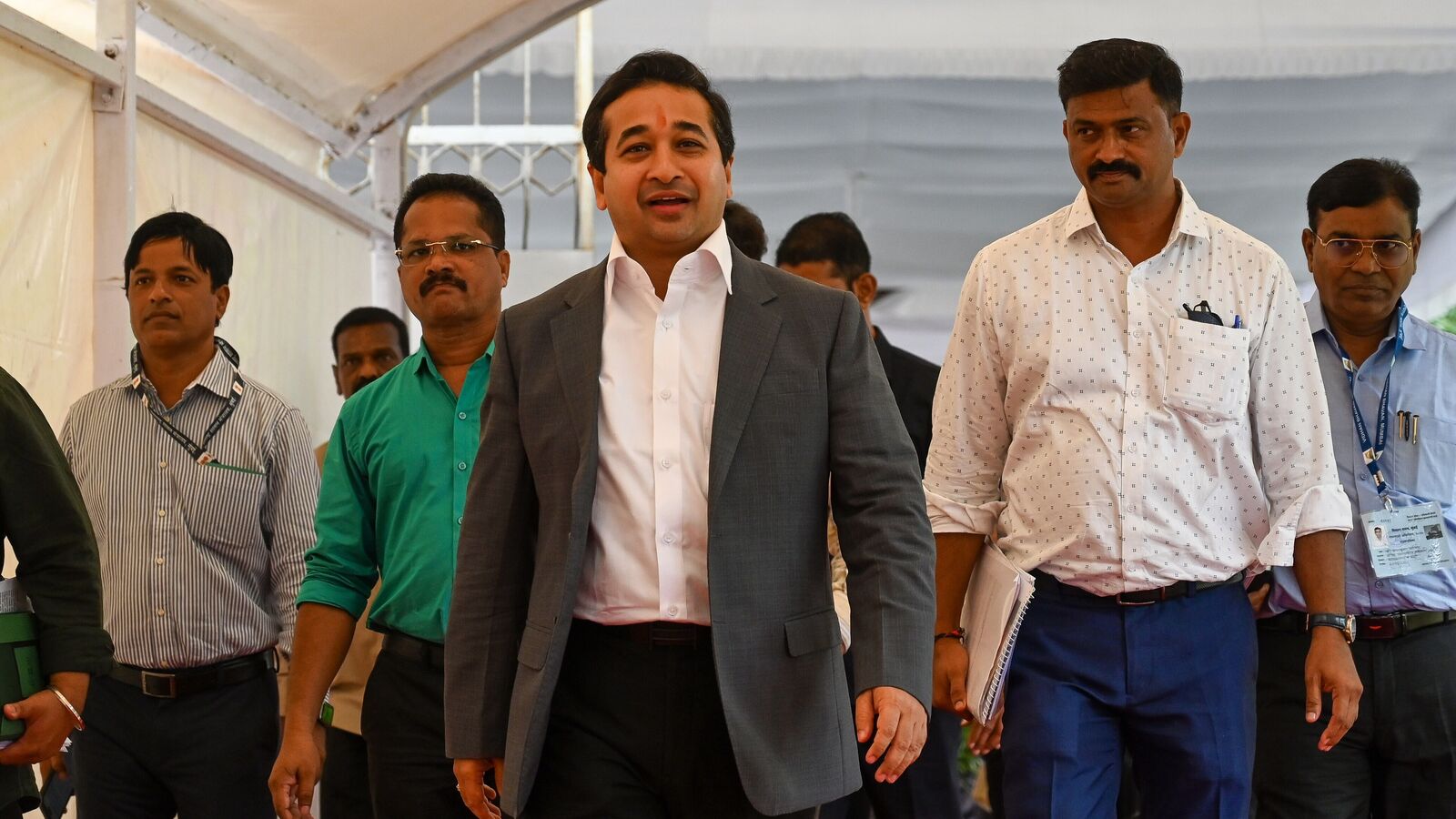Small-ticket loans and ways to spot possible delinquencies: Do credit scores give a true picture?

The Reserve Bank of India (RBI) recently announced a reduction in the repo rate by 50 basis points, bringing it down to 5.5%. The repo rate is the interest rate at which the RBI lends money to commercial banks, and a reduction typically signals an intention to stimulate economic activity by making borrowing cheaper.
This move is expected to lower lending rates across banks and financial institutions, making loans more affordable for consumers. As borrowing becomes less expensive, households may be encouraged to take loans for homes, vehicles, and other big-ticket items, thereby supporting economic activity.
For new borrowers, the reduction translates into lower interest rates, resulting in smaller Equated Monthly Instalments (EMIs). This can significantly improve affordability and ease the burden of repayment. Existing borrowers with floating-rate loans will also benefit not through lower EMIs, but through shorter loan tenures, allowing them to repay their loans faster without increasing monthly outflows.
For consumers, this presents a favourable opportunity to access credit at lower interest rates, enabling them to meet personal and lifestyle goals. A growing trend in consumption-led, small-ticket lending, often facilitated digitally, has emerged. According to recent data, nearly 67% loans for borrowers seeking personal loans have origination value under ₹10,000. These loans typically have short durations (around three months) and are only profitable for lenders if repayments are made on time.
The repo rate cut could also help reignite credit growth in the unsecured lending space, which had slowed due to a more cautious lending environment last year. The availability of cheaper credit is expected to fuel demand for small-ticket, short-term loans, especially those driven by daily consumption needs. While this trend is already strong in urban and semi-urban areas, it is gradually expanding to rural geographies as well, where the need for quick and flexible credit is rising.
However, delinquency rates for such loans tend to be higher than those for traditional loans. Borrowers often underestimate the consequences of defaulting on small amounts, assuming it won’t significantly affect their credit history. In reality, even missed payments on small-ticket loans are flagged as delinquencies in credit reports and can damage credit scores. It is therefore vital for borrowers to maintain timely repayments to safeguard their credit health.
Implications for banks and credit institutions
At the same time, lenders need to identify growth opportunities both organically and inorganically by maintaining balanced credit policies that enable access while safeguarding repayment capacity. The current rate cut presents a strategic window for lenders to focus on deserving, creditworthy borrowers with a solid repayment track record and a clear propensity to seek credit. By effectively targeting this segment, lenders can stimulate both consumer spending and loan book growth.
However, accurately identifying and segmenting such borrowers is critical. Striking the right balance between credit expansion and risk control is essential for sustaining long-term portfolio stability and meeting regulatory expectations, even in the case of smaller, short-tenure loans.
While traditional credit scores (ranging from 300 to 900) are commonly used to assess borrower risk over a 90-day window, they may not be fully effective in predicting defaults on loans with similar tenures. Instead, detailed credit reports offer a wealth of actionable insights such as repayment behaviour, loan history, credit utilization, and credit-seeking patterns that can serve as early indicators of potential delinquency.
Advanced analytics solutions now enable lenders to leverage this granular data, often in conjunction with bureau scores to make more accurate and timely assessments of creditworthiness, particularly in the small-ticket lending space.
Conclusion
In an evolving digital credit ecosystem, managing the balance between sustainable growth and asset quality in small-ticket portfolios is critical. While data from various sources such as transaction records, mobile usage, and identity verification provide valuable inputs, the credit bureau report remains a cornerstone of risk assessment. The key lies in how effectively lenders can integrate and analyse this data to develop nuanced, predictive models that drive responsible and sustainable lending.
Disclaimer: The information provided in this article is for informational purposes only and does not constitute financial, legal, or professional advice. While every effort has been made to ensure accuracy, readers should verify details independently and consult relevant professionals before making financial decisions. The views expressed are based on current industry trends and regulatory frameworks, which may change over time. Neither the author nor the publisher is responsible for any decisions based on this content.
Sachin Seth, Chairman CRIF High Mark and Regional MD CRIF India & South Asia.






